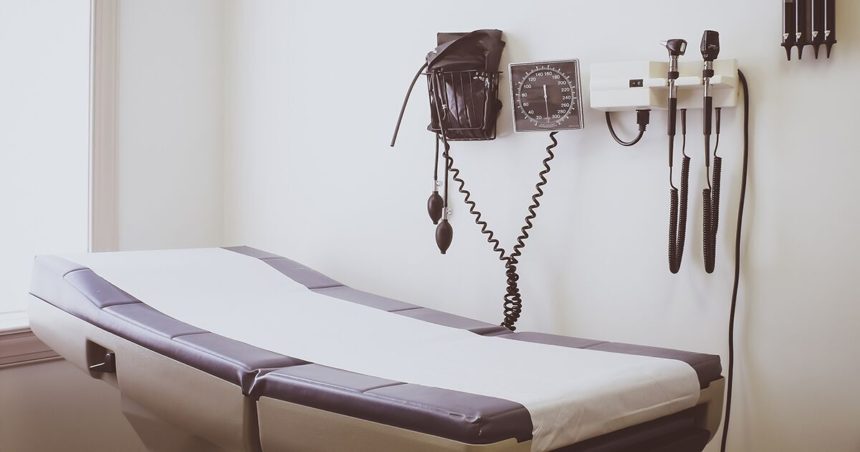Years ago, if you needed surgery for skin cancer, that meant a trip to the hospital and an overnight stay. But today, in many cases, a procedure called Mohs surgery can be done in the convenient setting of your doctor’s office, and you’ll go back home the same day.
Mohs surgery is a very specialized procedure. In fact, currently there are only 12 fellowship-trained Mohs surgeons in the greater Raleigh-Durham-Chapel Hill area, and two of them are with UNC Health Care.
Brad Merritt, MD, and Raj Varma, MD, with the UNC Dermatology and Skin Cancer Center, answer some of the most common questions that people have about Mohs surgery.
What is Mohs surgery?
Dr. Merritt: Mohs surgery is a type of surgery in which the surgeon removes a layer of skin from the affected area and then examines the skin tissue under a microscope in the lab to see if all of the cancer was removed. If any cancer cells remain, then another layer is removed from the tumor site, but only from precisely where the cancer cells remain. Once all of the cancer cells have been removed, repair or reconstruction of the surgical wound site is usually done on the same day by the same surgeon. Frederic Mohs, MD, at the University of Wisconsin developed this technique, so that’s why it’s called Mohs surgery.
What types of cancer is Mohs surgery used to treat?
Dr. Varma: Mohs surgery is considered to be the “gold standard” surgical treatment for skin cancer. The most common types of skin cancer are basal cell carcinoma and squamous cell carcinoma. Studies have shown Mohs surgery has a 98 to 99 percent cure rate for basal cell carcinomas, and the cure rate is almost as good for squamous cell carcinomas. Some Mohs surgeons also treat melanoma, although it’s only offered at a few places in North Carolina, including at UNC Dermatology and Skin Cancer Center with Dr. Merritt. Mohs surgery can also be used to treat other rare skin cancers such as dermatofibrosarcoma protuberans and extramammary Paget’s disease.
Are there times when Mohs isn’t the best method for treating skin cancer?
Dr. Varma: Yes. Sometimes a skin cancer tumor extends deep into vital structures, nerves, lymph nodes or bone. In such cases, the patient will need treatment from other cancer specialists, such as surgical oncologists, medical oncologists or radiation oncologists.
Will I be awake or asleep during Mohs surgery?
Dr. Merritt: You will be awake during Mohs surgery. You’ll be given a local anesthetic at the surgical site, so you won’t feel any pain during the procedure.
How long does Mohs surgery take?
Dr. Merritt: The length of the procedure varies depending on where on the body your cancer is located and how extensive it is, but we advise our patients to set aside an entire day for their surgery. We also ask them to bring a companion to keep them company during the day and to drive them home afterward. The lab work for each layer of skin, which we do on-site in our own lab, usually takes one to two hours. Many patients require at least two rounds of lab work. While waiting for the lab work to be completed, you are free to leave our office and visit any of the half-dozen restaurants in Southern Village that are within easy walking distance.
Will I have pain or swelling after Mohs surgery?
Dr. Varma: Many patients have some pain and swelling after Mohs surgery, but this varies depending on where the surgical site is located and how much skin was removed. Most post-operative pain can be managed with over-the-counter medications like Tylenol. We can also provide a prescription for pain medication when needed.
Will I need to limit my activities after Mohs surgery?
Dr. Merritt: We recommend that you avoid strenuous activity for one to two weeks after surgery. Many people are able to return to work the next day, depending on what type of work they do. However, you will have a noticeable bandage over the area for a few days.
For more information about Mohs surgery at the UNC Dermatology and Skin Cancer Center, call (984) 974-3685.

